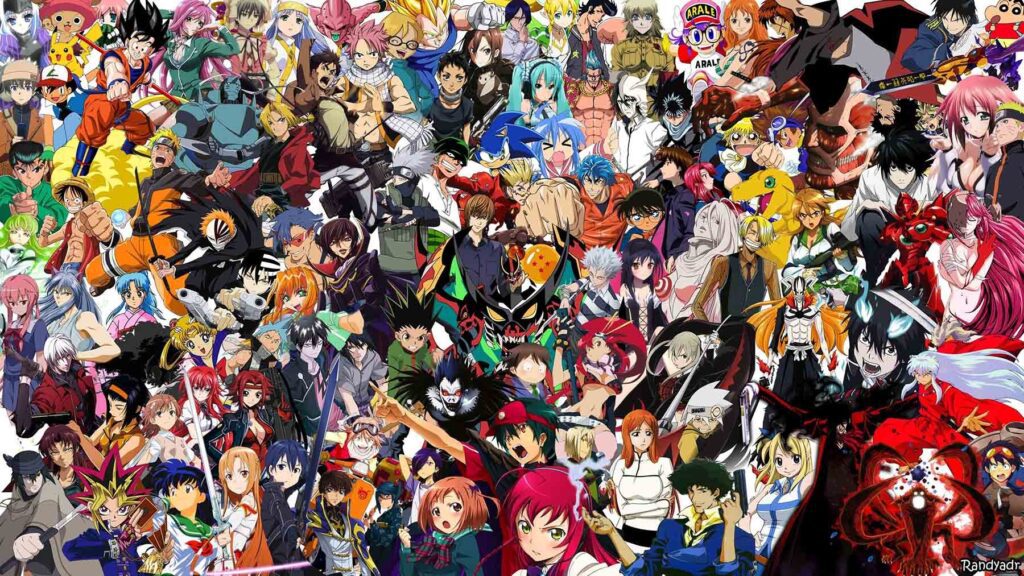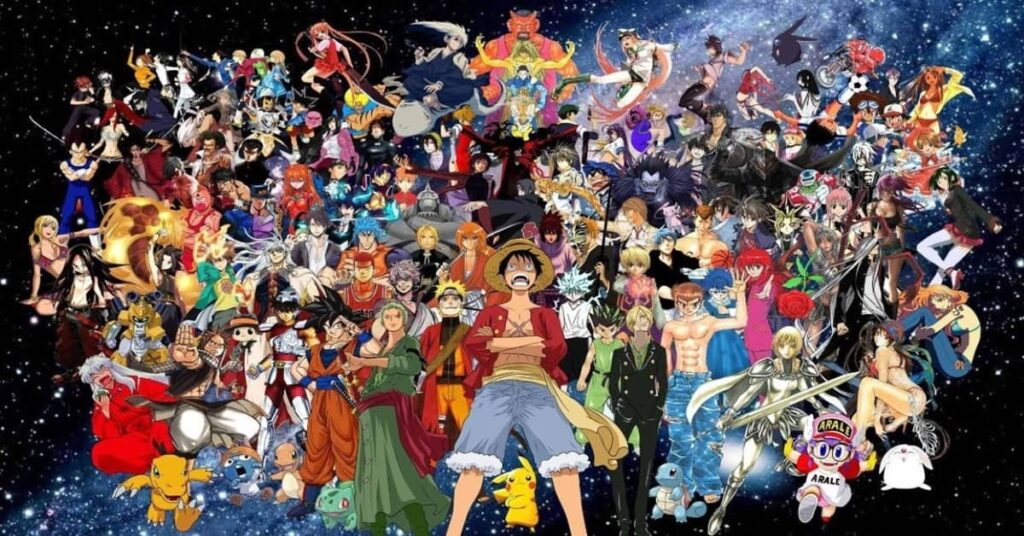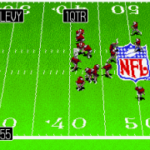Manga, a term that has become synonymous with Japanese comics and graphic novels, is loved by millions of readers worldwide. Its popularity has transcended national boundaries, and now, manga is enjoyed in many different languages. But have you ever wondered about the meaning of “manga” in Italian? Or how this beloved medium is understood in different parts of the world?
In this article, we will explore the definition of manga in various languages and delve into its rich cultural significance. Along the way, we’ll also look at how you can easily Read Manga Online and dive into genres like isekai manga. Let’s uncover the linguistic and cultural journey of manga!

What is Manga?
Before we get into the different translations and meanings of manga in various languages, it’s essential to understand the term’s origin. The word “manga” (漫画) is derived from two Japanese characters: “man” (漫), meaning “whimsical” or “free-flowing,” and “ga” (画), meaning “drawing” or “picture.” Together, “manga” roughly translates to “whimsical drawings” or “comics” in English.
Manga refers not just to the medium of Japanese comics but also to the distinct style and narrative structure that differentiates it from other types of graphic literature. Manga encompasses a wide range of genres, from action-packed tales of superheroes to romantic stories, and even more niche genres like isekai manga—a type of fantasy manga where characters are transported to alternate worlds.
The Meaning of Manga in Italian
In Italian, the term “manga” is directly borrowed from Japanese and is used to refer to Japanese-style comics. Italians have a deep love for manga, and many manga series are widely translated and published in Italy. While the word “manga” itself does not change in translation, the Italian-speaking world appreciates manga not only for its art but also for its storytelling, cultural richness, and the way it blends illustrations with narrative.
When Italians talk about manga, it is not just about the physical books or digital comics; it also speaks to a larger pop culture phenomenon that includes anime (Japanese animated series) and related merchandise. Manga’s influence has spread across Italy, with an increasing number of comic book shops, conventions, and online communities dedicated to manga and anime.
Interestingly, in Italian, manga is sometimes referred to as “fumetti giapponesi” (Japanese comics), but “manga” remains the dominant term. This reflects how integrated manga has become into Italian pop culture, even though the term is Japanese.
Manga in Other Languages
Now that we have explored how manga is understood in Italy, let’s take a quick look at how this term is interpreted in other languages and cultures around the world.
Manga in English
In English, “manga” has become a widely recognized term. It’s used to describe Japanese comics or graphic novels, and it has even been adopted into everyday speech by fans around the world. The term remains closely tied to Japanese culture and art, although manga is often classified by genre, such as shounen manga (for young male audiences) or shoujo manga (for young female audiences).
Manga in Spanish
In Spanish-speaking countries, the term “manga” is used the same way as in English and Italian. Manga is a beloved form of entertainment, with many countries, including Spain and Mexico, having large manga fanbases. The word “manga” is often used interchangeably with “cómics japoneses” (Japanese comics), but the term “manga” is overwhelmingly popular among fans.
Manga in French
In France, manga is extremely popular, and the French are one of the largest consumers of manga in Europe. The term “manga” is used without alteration, but in certain contexts, “bande dessinée japonaise” (Japanese comic strip) might be used. The French translation industry has done a fantastic job of localizing manga, making it accessible to a wide audience.
Manga in German
In German, the term “Manga” is also used directly, though “japanische Comics” (Japanese comics) might be used to describe the medium. Germany boasts a strong manga market, with many publications and a growing fan base. Like in other European countries, manga and anime conventions are common, and German manga readers are passionate about this art form.

The Growing Global Appeal of Manga
The appeal of manga has grown beyond Japan, thanks to the increasing availability of manga translations in various languages. Whether you’re in the United States, Italy, or anywhere else in the world, read manga online has become a popular search phrase for fans who want to access their favorite stories. Websites offering digital manga allow fans to read their favorite series without any barriers, making manga more accessible than ever before.
Platforms like MangaKakalot, Comixology, and Crunchyroll have become go-to places for people to read manga online. With such easy access, readers can explore popular genres like isekai manga, a subgenre of fantasy that has exploded in popularity. Isekai manga often involves characters being transported to new worlds, where they embark on adventures, gain new powers, and confront challenges that change their fate.
How Manga Bridges Cultures
Manga does more than just entertain—it also serves as a bridge between cultures. For readers around the world, manga provides a unique window into Japanese culture, offering insights into Japanese societal values, art, and history. Stories in manga often reflect Japan’s traditions and beliefs, but they also tackle universal themes like love, friendship, and heroism. For readers of other languages, manga serves as a medium that brings them closer to understanding Japan’s way of life and perspective.
Genres of Manga You Should Explore
Now that we’ve covered the meaning of manga in various languages, it’s time to dive into some of the most popular genres of manga that have captivated readers worldwide.
- Shounen Manga: This genre is aimed at young boys but is enjoyed by people of all ages. It typically features action-packed plots, with themes of adventure, friendship, and self-discovery.
- Shoujo Manga: Targeted at young girls, shoujo manga often revolves around romance and emotional connections. These stories typically feature strong female leads and explore themes of love and relationships.
- Seinen Manga: Seinen manga is geared toward adult men and covers a wide range of genres, including action, mystery, and psychological themes. These stories tend to be darker and more complex.
- Isekai Manga: As mentioned earlier, isekai manga is a subgenre of fantasy where the protagonist is transported to another world. This genre has gained immense popularity due to its escapist nature and thrilling adventures.
- Josei Manga: Aimed at adult women, josei manga often focuses on more mature romantic relationships and the emotional complexity of adulthood.
- Ecchi Manga: Known for its suggestive themes and fan service, ecchi manga often combines humor with more risqué situations, but it doesn’t typically feature explicit content.
In this article, we’ve explored the meaning of manga in different languages, including Italian, and highlighted its cultural significance around the world. Whether you’re a fan of isekai manga, shounen, or any other genre, it’s clear that manga has become a global phenomenon that transcends linguistic barriers.
Thanks to the rise of digital platforms, fans can read manga online and experience this beloved art form from the comfort of their homes, no matter where they are. As manga continues to grow in popularity, we can look forward to even more exciting stories and characters that will captivate readers for generations to come.






























